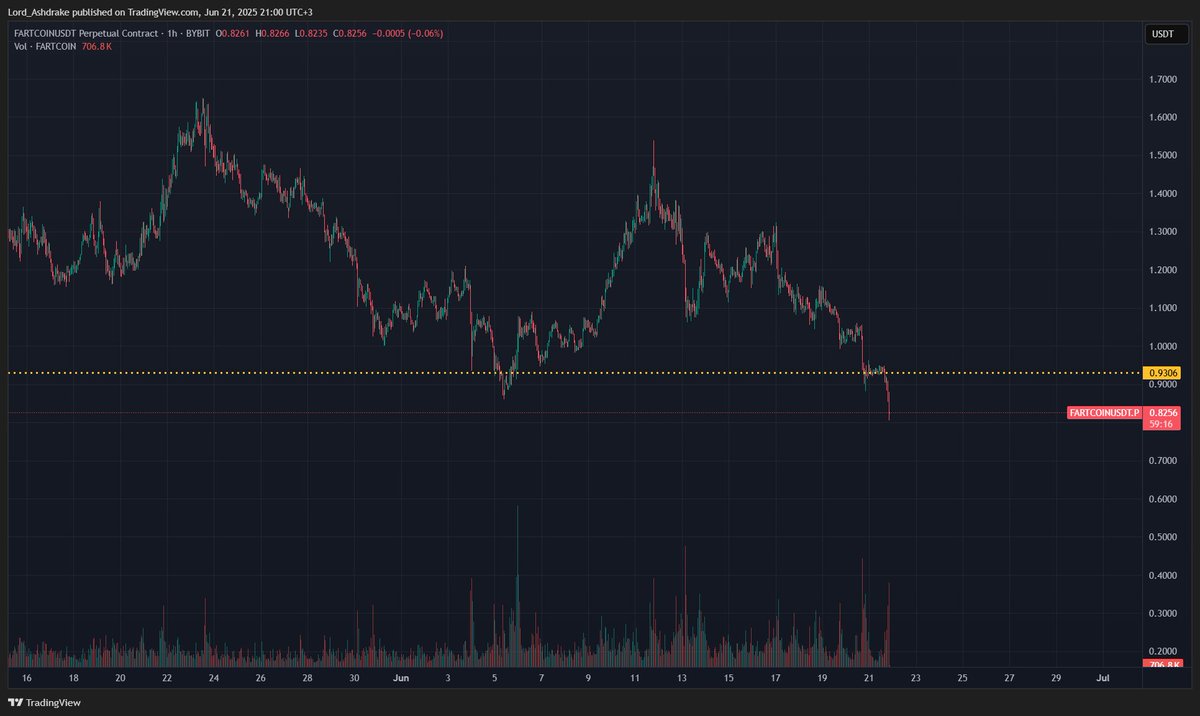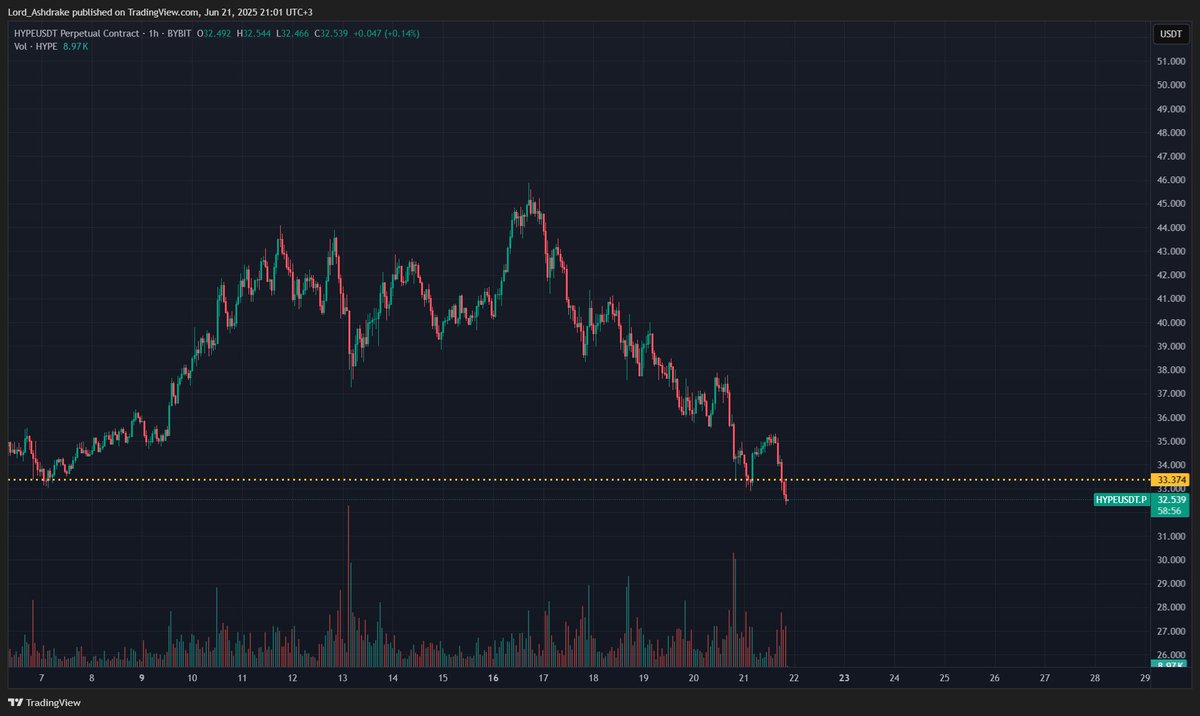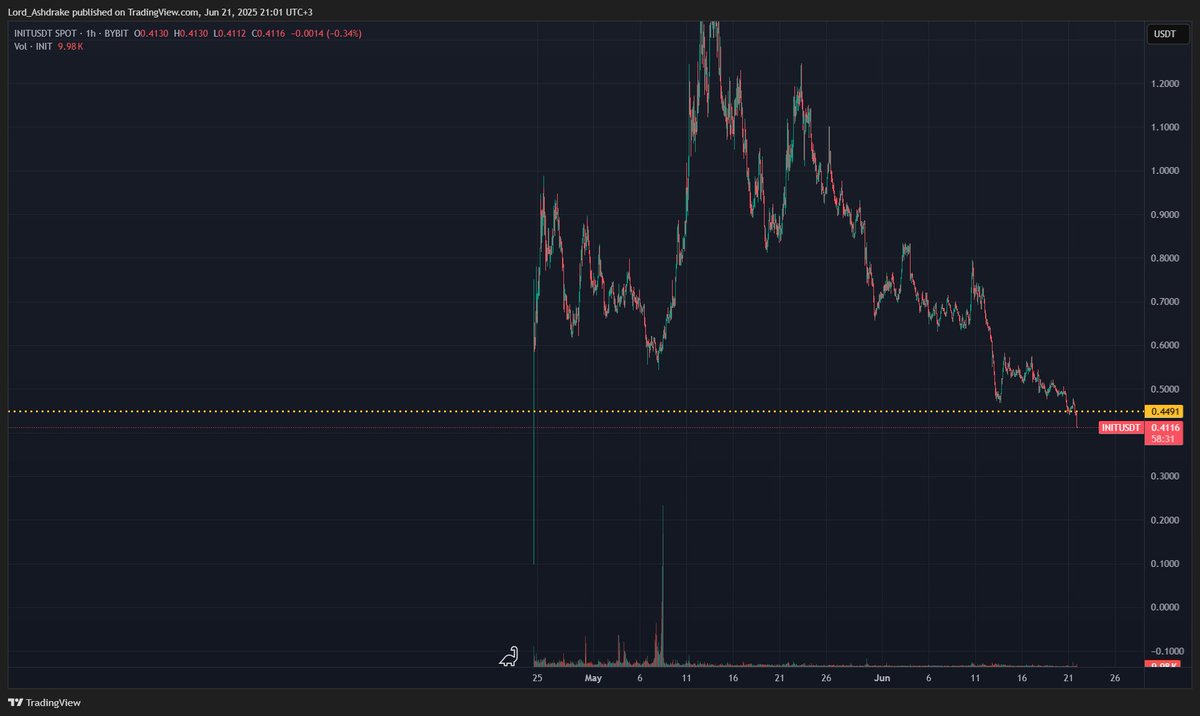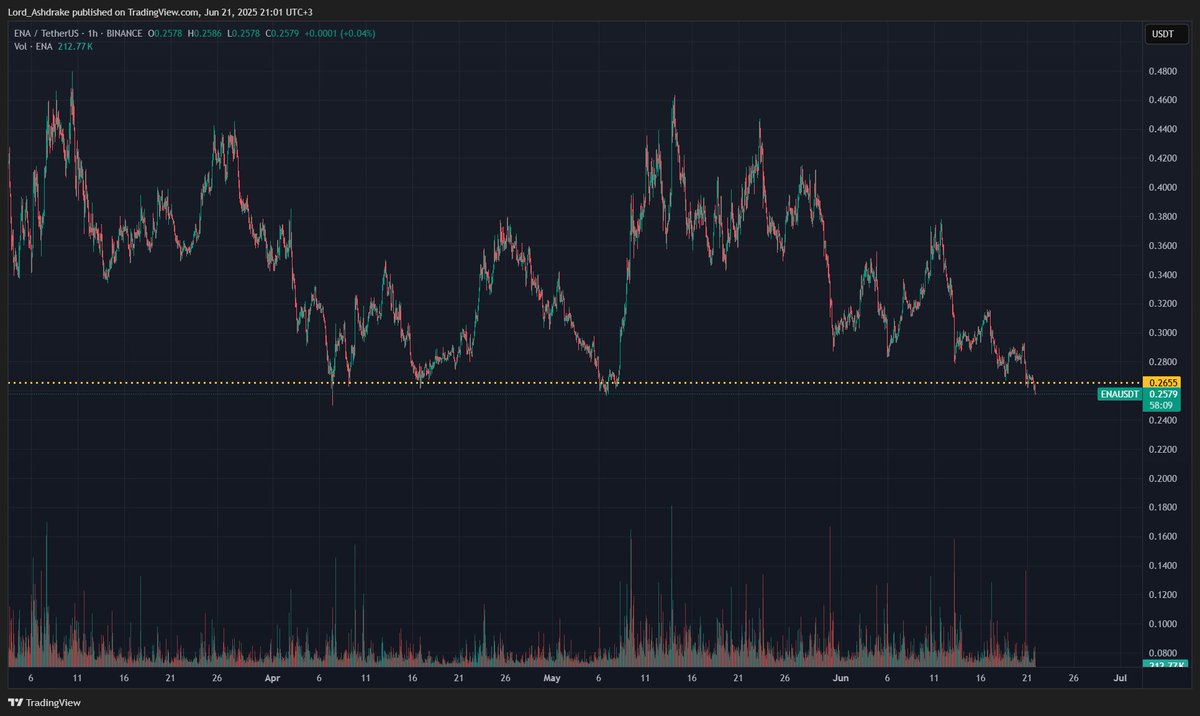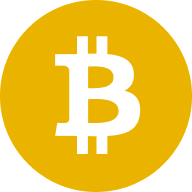
Lido DAO Kurs

Haftungsausschluss
OKX gibt keine Anlage- oder Vermögensempfehlungen. Du solltest gut abwägen, ob der Handel und das Halten von digitalen Assets angesichts deiner finanziellen Situation sinnvoll ist. Bei Fragen zu deiner individuellen Situation wende dich bitte an deinen Rechts-/Steuer- oder Anlagenexperten. Weitere Einzelheiten findest du in unseren Nutzungsbedingungen und der Risikowarnung. Durch die Nutzung der Website eines Drittanbieters („TPW“) akzeptieren Sie, dass jegliche Nutzung der TPW den Bedingungen der TPW unterliegt. Sofern nicht ausdrücklich schriftlich angegeben, steht OKX einschließlich seiner verbundenen Unternehmen („OKX“) in keinerlei Verbindung zum Eigentümer oder Betreiber der TPW. Sie stimmen zu, dass OKX nicht für Verluste, Schäden oder sonstige Folgen haftet, die sich aus Ihrer Nutzung der TPW ergeben. Bitte beachte, dass die Nutzung einer TPW zu einem Verlust oder einer Minderung deiner Assets führen kann. Das Produkt ist möglicherweise nicht in allen Ländern verfügbar.
Marktinformationen zu Lido DAO
Marktkapitalisierung = Umlaufmenge × letzter Preis

Verfolgen Sie den Solana-Kurs-Chart, um Marktentwicklungen in Echtzeit zu analysieren.
Lido DAO-Feed



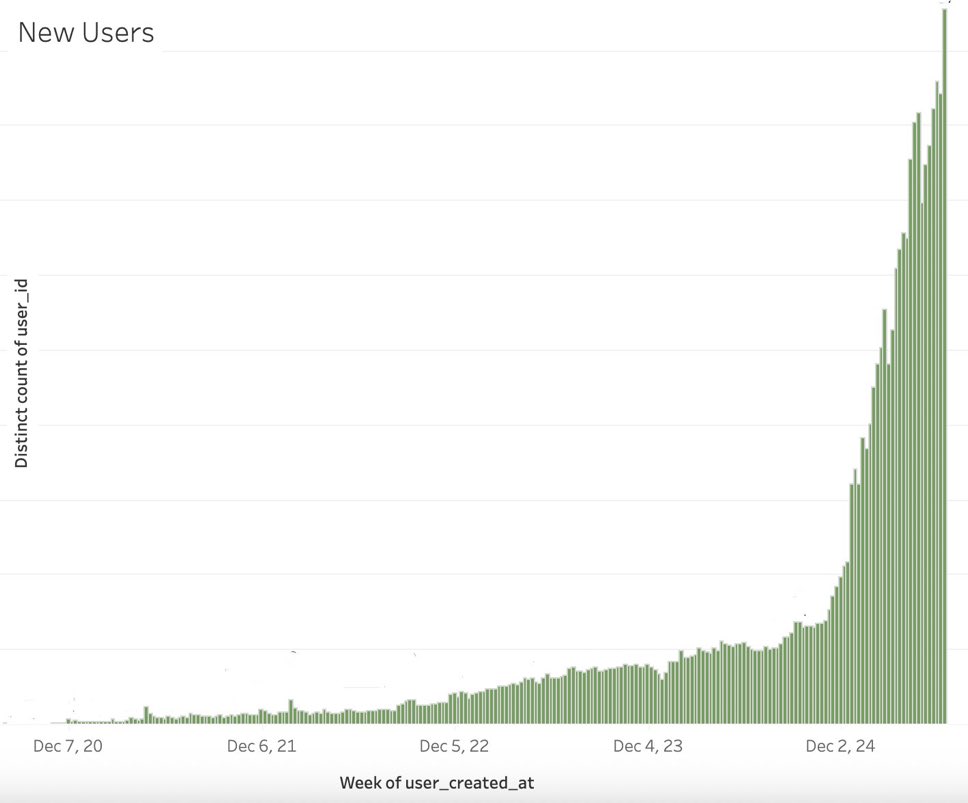



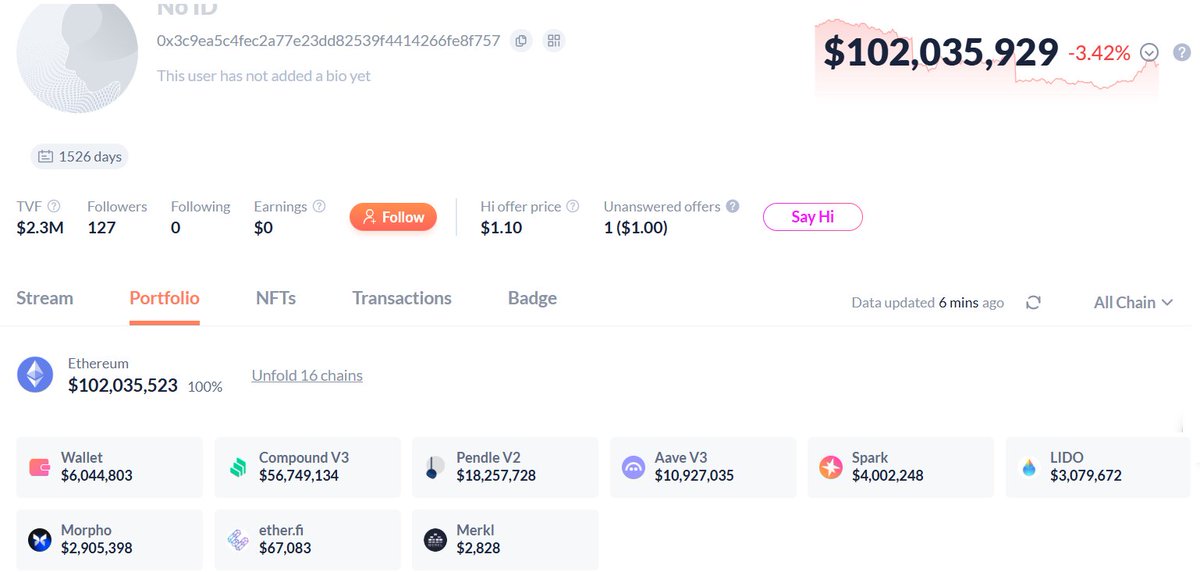
USD in LDO umtauschen


Lido DAO Preisentwicklung in USD
Beliebte Lido DAO-Konvertierungen
| 1 LDO in USD | 0,65590 $ |
| 1 LDO in EUR | 0,57073 € |
| 1 LDO in PHP | 37,7746 ₱ |
| 1 LDO in IDR | 10.794,93 Rp |
| 1 LDO in GBP | 0,48867 £ |
| 1 LDO in CAD | 0,90251 $ |
| 1 LDO in AED | 2,4088 AED |
| 1 LDO in VND | 17.143,23 ₫ |
Über Lido DAO (LDO)
- Offizielle Website
- Whitepaper
- Github
- Block Explorer
Häufig gestellte Fragen zum Lido DAO-Preis
Lido ist ein dezentrales Protokoll, das Liquid Staking-Dienste für verschiedene Proof of Stake (PoS)-Blockchains bietet. Wenn Benutzer Vermögenswerte bei Lido einsetzen, erhalten sie im Verhältnis 1:1 tokenisierte Äquivalente ihrer eingesetzten Token. Diese Token bleiben liquide, sodass Benutzer sie auf verschiedenen Plattformen verwenden können.
Lido erhebt eine Gebühr von 10 Prozent auf die Einsatzprämien. Auch wenn dieser Tarif von manchen als Nachteil angesehen wird, entspricht er doch weitgehend den Industriestandards und sorgt dafür, dass Lido wettbewerbsfähig bleibt.
Kaufen Sie ganz einfach LDO-Tokens auf der Kryptowährungsplattform OKX. Das Spot-Handelsterminal von OKX umfasst das LDO/USDT-Handelspaar.
Mit OKX Convert können Sie auch Ihre vorhandenen Kryptowährungen, einschließlich XRP (XRP), Cardano (ADA), Solana (SOL), und Chainlink (LINK), gegen LDO tauschen, ohne Gebühren und ohne Preisverfall.
ESG-Offenlegung
USD in LDO umtauschen




